5 Common Problem Solutions in Sheet Metal Bending Processing
Sheet metal bending is a crucial process in manufacturing, transforming flat sheets into precise shapes for industries such as automotive, aerospace, and HVAC. However, Challenges like springback, cracking, and wrinkling can disrupt production, increase costs, and compromise quality.
As a leading sheet metal bender manufacturer since 1985, we offer high-quality press brakes and tooling to address bending challenges. In this blog, we explore five common sheet metal bending problems and their solutions to help you achieve flawless bends and boost efficiency.
Below are some sheet metal brake bending issues with various types of sheet metal bendings to discover our practical solutions.
1. Springback: When Metal Reverts to Its Original Shape
Mild steel bending issues: Springback occurs when sheet metal partially returns to its original shape after bending, leading to inaccurate angles and dimensions. This is common in high-strength materials such as stainless steel bending or thick sheets bending, due to their elasticity.
Causes:
1 ) Insufficient bending force causes incomplete deformation.
2) Small bend radius relative to material thickness.
3) Material properties, such as high yield strength or elasticity.
Sheet Metal Bending Solutions:
- Overbend the Material: Slightly overbend beyond the desired angle to compensate for springback. For example, for a 90° bend, aim for 92°-93° based on material properties.
- Use CNC Press Brakes: JSTMT’s CNC small sheet metal brakes, equipped with controllers like DELEM or Estun E21, offer real-time angle adjustments to counter springback.
- Select Appropriate Materials: Choose materials with lower elasticity (e.g., mild steel bending) or apply heat treatment to reduce springback tendencies.
- Increase Bend Radius: A larger bend radius (e.g., 1.5x material thickness) reduces stress and springback.
Pro Tip: Use JSTMT’s CNC press brakes with automatic angle correction for consistent results. Request a quote on our Sheet metal brake.
2. Cracking: Fractures on the Bend’s Outer Surface
Bending Problems: Cracking occurs when the outer surface of the bend is overstretched beyond the material’s tensile limit, especially in brittle materials like hard steel or when the bend radius is too tight.

Causes:
1) Small bend radius causing excessive stress.
2) Bending parallel to the material’s grain direction increases fracture risk.
3) Low ductility in materials like cast iron or high carbon steel bending.
Sheet Metal Bending Solutions:
- Increase Bend Radius: Use a bend radius at least equal to the material thickness (e.g., 2mm radius for 2mm steel) to distribute stress evenly.
- Adjust Grain Orientation: Cut the sheet so the bending direction is perpendicular to the grain, reducing fracture risk.
- Preheat the Material: For brittle metals, preheating increases ductility, allowing safer bending.
- Choose Ductile Materials: Opt for materials like aluminum or low-carbon steel for better bendability.
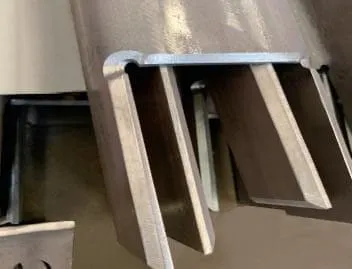
3. Wrinkling: Wave-Like Deformations on the Inner Bend
Bending Issues: Wrinkling appears as wave-like formations on the inner side of the bend, often in thin sheets or under excessive compressive stress, affecting appearance and structural integrity.
Causes:
Excessive compressive stress during bending.
Thin material is unable to withstand compressive forces.
Improper tooling, such as a die with too small an opening.
Sheet Metal Bending Solutions:
Increase Material Thickness: Use thicker sheets (e.g., >1mm) to resist compressive forces.
Use a Larger Bend Radius: A larger radius (e.g., 2x material thickness) allows gradual deformation, reducing wrinkling.
Apply Reinforcement Techniques: Add beading or ribbing to increase sheet stiffness before bending.
Optimize Tooling: Use V-dies with appropriate opening sizes (e.g., 6-8x material thickness) to balance stress distribution.
Pro Tip: JSTMT’s hydraulic small sheet metal brakes ensure precise force application to prevent wrinkling.
4. Bend Interference: Workpiece Colliding with Tooling
Sheet metal issues: Interference occurs when the workpiece collides with the press brake’s upper die or slider, especially in groove-type parts where the groove width exceeds the leg height, leading to dimensional inaccuracies.
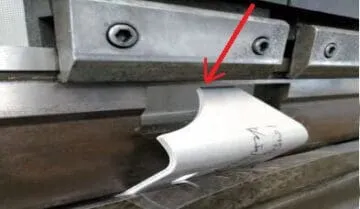
Causes:
1) Improper bend sequence causing earlier bends to obstruct later ones.
2) Groove dimensions (e.g., L-M > 1.5x) causing interference with the die.
3) Complex part geometries not accounting for machine limitations.
Sheet Metal Bending Solutions:
- Use Gooseneck Punches: Select gooseneck upper dies to avoid interference with the bending edge, ensuring accurate dimensions.
- Optimize Bend Sequence: Plan the bending order to start with non-interfering bends, using JSTMT’s CNC controllers for precise sequencing.
- Check Dimensions: Ensure L-M < 1.5x (where L is groove length, M is leg height, and x is a machine-specific factor) to confirm bend feasibility.
- Simplify Geometry: Redesign complex parts to minimize interference, using CAD tools like SolidWorks for pre-bending simulations.
Pro Tip: JSTMT’s gooseneck press brake tooling design features customizable tooling that prevents interference. Contact us today for a consultation.
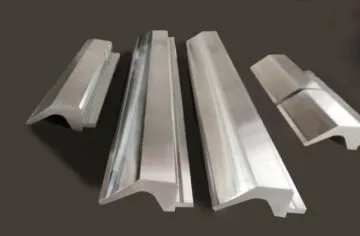
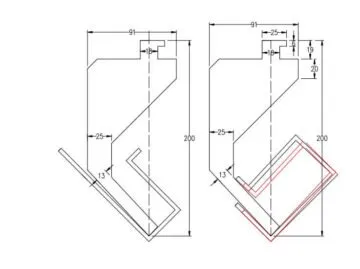
5. Surface Scarring: Scratches or Marks on the Metal
Bending Problem: Surface scarring, which includes scratches, indentations, or marks on the sheet metal after bending, often affects aesthetics and requires costly rework.
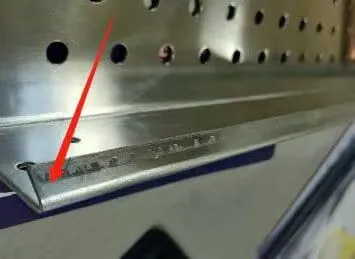
Causes:
1) Rough or dirty tooling surfaces cause friction.
2) Improper alignment of the sheet during bending.
3) Lack of protective measures during the bending process.
Sheet Metal Bending Solutions:
- Polish Tooling Surfaces: Ensure punches and dies are polished and free of debris to reduce friction.
- Use Protective Films: Apply thin protective films or lubricants to the sheet surface before bending to minimize scratches.
- Align Workpiece Properly: Use JSTMT’s CNC backgauges for precise positioning, reducing misalignment-related scarring.
- Regular Tool Maintenance: Clean and inspect tooling regularly to prevent wear-induced marks.
Pro Tip: JSTMT’s precision-ground tooling ensures smooth, scar-free bends. Request a tooling catalog at Press brake tooling catalogue.
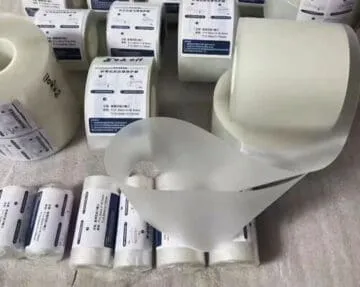
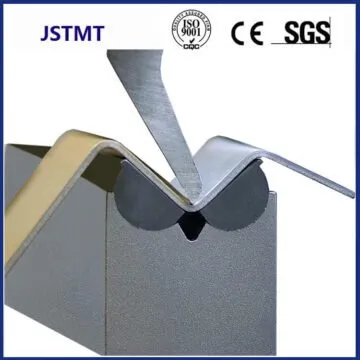
Why Choose JSTMT for Sheet Metal Bending Solutions?
Since 1985, JSTMT has been a trusted manufacturer of sheet metal benders, shearing machines, and press brake tooling in China. Our small sheet metal brakes, with tonnages ranging from 20T to 100T and bending lengths of up to 2.5m, are designed to tackle common bending challenges, resulting in fewer sheet metal bending defects. Features include:
Advanced CNC Controls: DELEM and Estun E21 systems for precise angle correction and bend sequencing.
Custom Tooling: V-dies, gooseneck punches, and quick-change systems to prevent interference and cracking.
Durable Design: All-welded frames with a 10-year warranty for reliability.
Global Support: 24/7 technical assistance, free replacement parts during warranty, and on-site service.
Ready to solve your bending challenges?
Visit sheet metal brake to explore our sales solutions for bent parts, request a quote, or contact us at +86 21 5777 3892 . For instant inquiries, WhatsApp us at +86 1500036 5105.


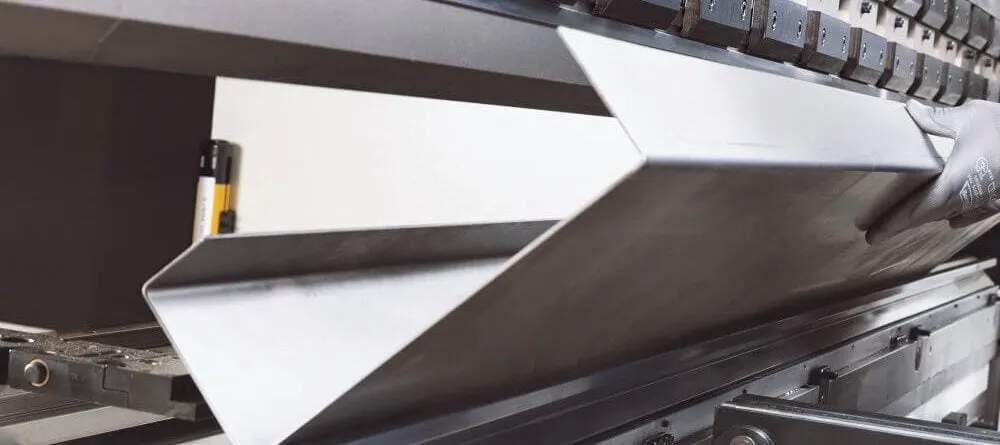
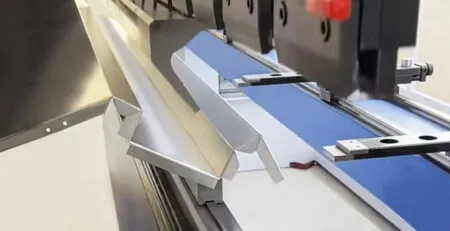
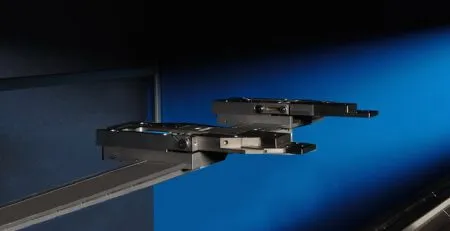
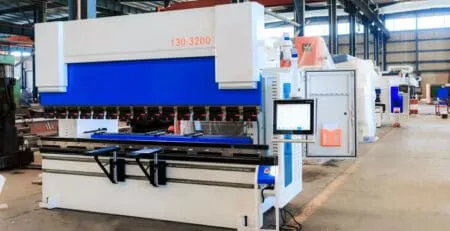
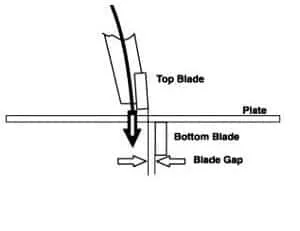
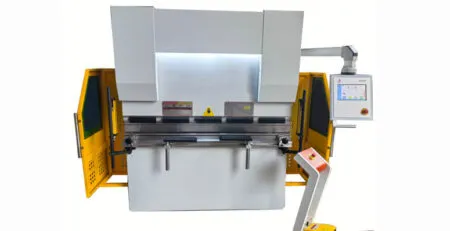
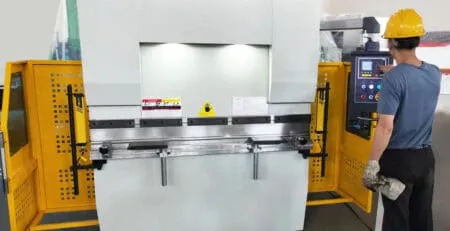
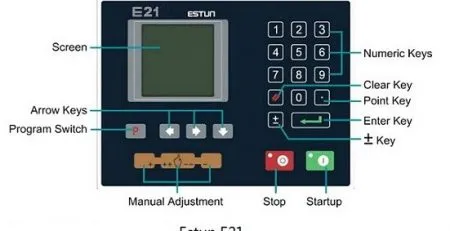

Leave a Reply